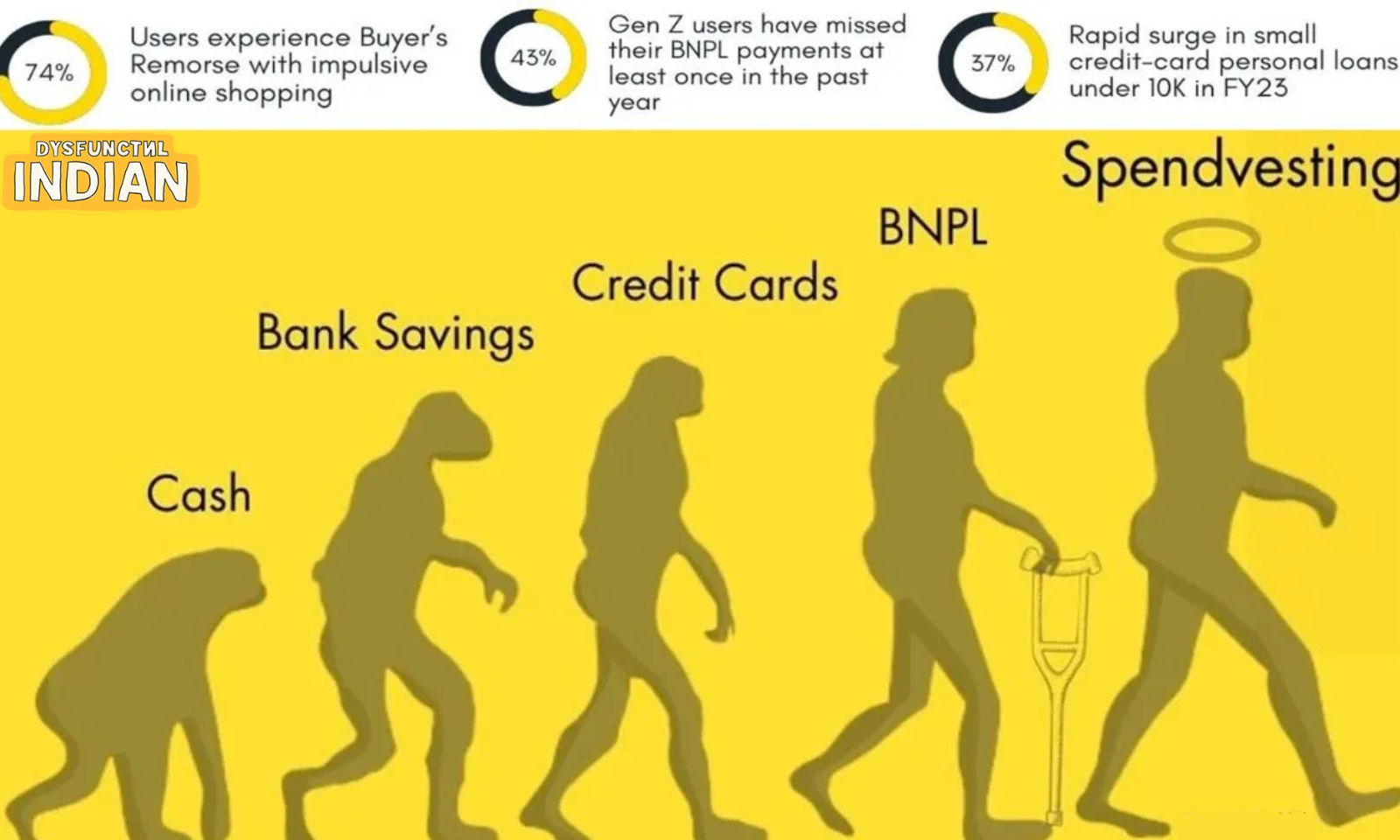In Defense of Daydreaming
Posted by admin on 2024-11-07 |

We have glorified productivity so much that “daydreaming” can sound like a waste of time. But letting your mind wander has surprising benefits, not just for our mental well-being but also for creativity, problem-solving, and innovation. While scrolling through a feed or binge-watching shows may seem relaxing, they don’t quite match the unique cognitive rewards of true daydreaming—a practice that allows our minds the space to roam, reflect, and even rejuvenate.
Why Daydreaming Isn’t “Doing Nothing”
At its core, daydreaming is an act of letting your mind drift without a specific goal or outcome. Studies have shown that this seemingly aimless mental activity is, in fact, a vital cognitive process. Neuroscientists have found that when we daydream, our brains activate the “default mode network” (DMN)—a network of brain regions that lights up when we’re not focused on a particular task. The DMN is linked to self-reflection, creativity, and complex problem-solving. Researcher Jonathan Smallwood, known for his work on daydreaming, suggests that this brain state allows for constructive “mind-wandering” where ideas mix and morph, often leading to new insights.
Creativity and Problem-Solving
Many of history’s creative minds have relied on daydreaming to fuel their genius. Albert Einstein, for instance, famously credited some of his best insights to mental meandering, while Walt Disney called his creative process “imagineering.” When we daydream, our minds synthesize information and make connections we may not otherwise notice. A study published in Psychological Science found that people who engaged in daydreaming often scored higher on creativity tests and solved more complex problems.
In India, daydreaming is embedded in cultural heritage through storytelling and visualization exercises in traditions like yoga and meditation, practices that encourage the mind to journey into imaginative realms. In fact, yogic techniques like trataka (concentration exercises) serve as a kind of structured daydreaming that enables creative visualization and reflection, elements that aid both personal insight and stress relief.
Modern Life’s Toll on Daydreaming
In today’s always-connected world, our capacity to daydream has taken a hit. With smartphones, social media, and on-demand entertainment vying for our attention, it has become difficult to sit quietly, let alone allow our thoughts to wander freely. Researchers suggest that the constant interruption of notifications can stifle our ability to “space out” and engage in deeper mental processing.
In India, where the average person spends over three hours daily on their smartphone, daydreaming is often sacrificed for digital engagement. A study by the Royal Society for Public Health in the UK has shown that high social media use is linked to increased anxiety and reduced focus, both of which are counterproductive to the benefits of daydreaming.
It’s also worth noting that while Indian culture traditionally embraced practices like storytelling, poetry, and meditation—all activities that stimulate creative thought—the rise of digital media has led to a more goal-oriented lifestyle, where downtime is often filled with scrolling rather than reflecting.
Reclaiming the Power of Daydreaming
Reclaiming the lost art of daydreaming doesn’t mean abandoning technology or rejecting modern life. Instead, it’s about finding small moments in the day where we can let our minds wander. Here are some simple ways to incorporate daydreaming into a busy life:
- Unplug Regularly: Set aside a few minutes daily to disconnect from screens. Whether it’s during a commute, while waiting in line, or even in the shower, use this time to let your thoughts wander.
- Take Nature Breaks: Studies show that spending time in nature can help trigger mind-wandering and reduce stress. A short walk outside or simply sitting in a park can encourage creative thinking and relaxation.
- Mindful Daydreaming: If you find yourself overwhelmed by stress, try using mindful daydreaming as a way to explore scenarios, visualize future goals, or even relive a positive memory.
Embrace Boredom: Boredom is often seen as a negative state, but it can be the gateway to creative thought. Letting yourself be bored without immediately reaching for your phone can pave the way for rich, spontaneous daydreams.
Today, as Indian society becomes more driven by productivity and results, finding time for daydreaming can feel countercultural, but it remains deeply valuable. By giving ourselves permission to let our minds wander, we tap into an innate creativity and emotional resilience that enriches our lives in ways that structured thinking cannot.









